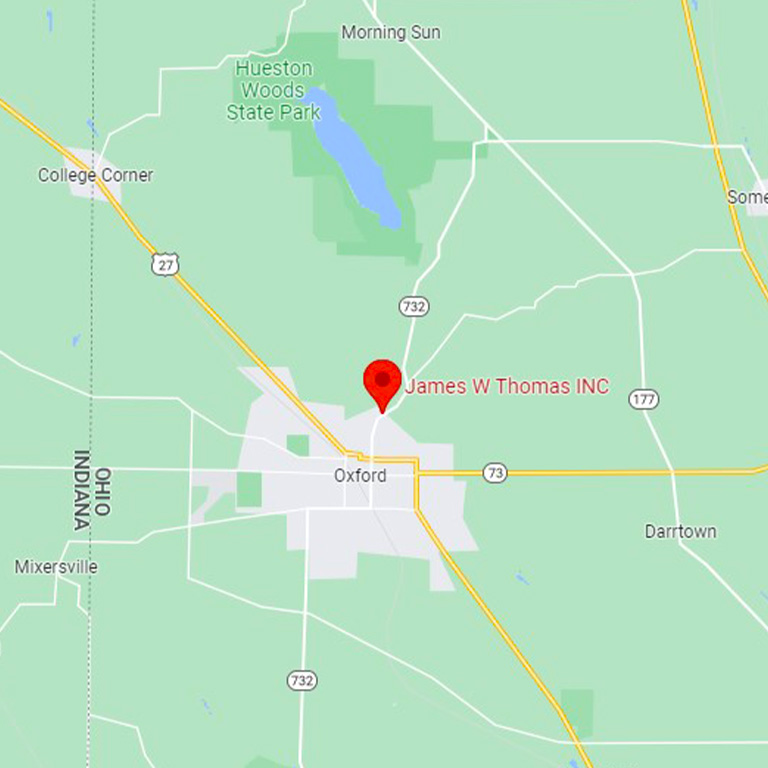Oral Health Care and Prevention

Maintaining good oral health is essential for overall health and well-being. Neglecting oral health can lead to various problems, including tooth decay, gum disease, and systemic health issues. Preventive care, including regular dental check-ups, can help prevent these problems and ensure a healthy smile.
The professional team at James W. Thomas DDS, Inc, proudly serves the local community with premium dental services: screening, detecting, and treating all issues before they become more complicated.
What is Oral Health?
Oral health refers to the health of the mouth, teeth, gums, and surrounding tissues. It involves keeping the mouth clean and free from disease and infection. Poor oral health can lead to myriad dental problems, including cavities, gum disease, and tooth loss. It can also impact overall health, as some oral health conditions are linked to other health problems, such as diabetes, heart disease, and respiratory infections.
Daily Oral Hygiene
Daily oral hygiene practices, such as brushing and flossing, are essential for good oral health. Brushing twice daily with fluoride toothpaste and flossing daily can help remove plaque and prevent tooth decay and gum disease. Mouthwash can also be beneficial in reducing bacteria in the mouth.
Preventive Dental Care
Preventive dental care is essential for maintaining good oral health. This includes regular dental exams, cleanings, and at-home oral hygiene practices, such as brushing and flossing. During a dental exam, your dentist will check for signs of dental problems, such as cavities, gum disease, and oral cancer. They may also perform a professional cleaning to remove plaque and tartar buildup, which can lead to tooth decay and gum disease.
In conjunction with proper daily habits, preventative oral care can exponentially decrease your chances of serious issues. Professional cleanings help eliminate the plaque and debris you may have missed in the months between your regular appointments. The hygienist will also apply a special polish to the surfaces of your teeth afterward to make it easier for you to brush in the morning and before bedtime.
Your Local Trusted Dental Care Team
Good oral health is an essential part of overall health and well-being. You can maintain a healthy and beautiful smile for years by taking care of your oral health. Preventive dental care, such as regular check-ups, cleanings, and proper oral hygiene practices, can help prevent many common dental problems.
During your next consultation with the skilled team at James W. Thomas DDS, Inc, you can rest assured that you will receive the best care and guidance you and your family deserve.


